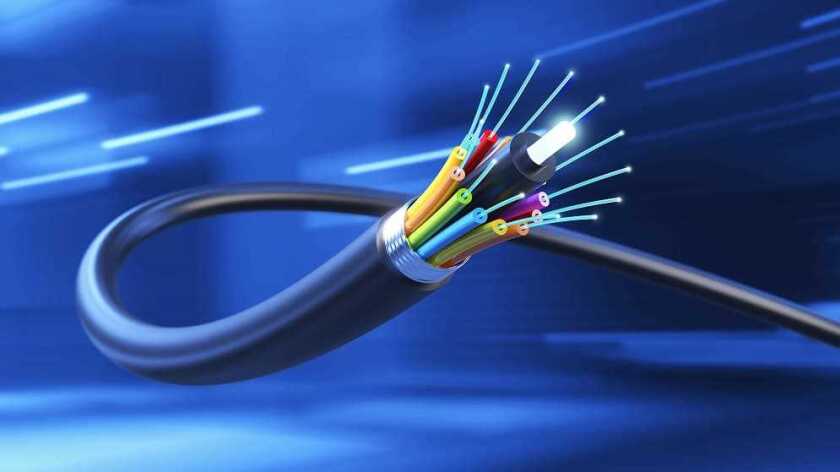The growth of cloud and AI services is driving the need for greater subsea network capacity, which requires advanced coherent transmission systems that support higher performance. The trial was done to improve subsea transmission to deliver increased performance and capacity.
Amitié subsea cable features Space Division Multiplexing (SDM) technology with 16 fibre pairs, with repeater power shared across the fibre pairs to deliver the optimal cable capacity.
“In the era of AI, reliable and fast network connections are more important than ever,” said Bill Gartner, SVP of optical systems and optics, Cisco.
“Working with Microsoft on the Amitié cable to demonstrate the potential for improved overall network capacity with 800G at these distances is a significant milestone for an SDM cable, and we’re proud to drive the innovations that pave the way for ever increasing network capacity needs.”
This real-time field trial exceeded all previous industry trials using Dense Wavelength Division Multiplexing (DWDM) 800G in a 150GHz channel spacing, equivalent to a spectrum efficiency of 5.33bit/s/Hz and a maximum spectral efficiency of 5.6bit/s/Hz.
In addition, 600G was transmitted over 12,469km for a trans-Atlantic loopback configuration. This is the first time a 140Gbaud single carrier signal was demonstrated live, and is the longest distance ever reported at single carrier 600G DWDM transmission on an SDM cable.
At the same time, the Amitié cable is now part of Microsoft’s global network supporting all Microsoft services.
“The transmission of 800G over 6,234km is a milestone that demonstrates SDM cables can deliver increased capacity over traditional subsea cables,” said Jamie Gaudette, general manager of cloud network engineering, Microsoft.
“This field trial demonstrates what is now a commercial technology for subsea routes, and we can improve the network capacity and to help drive digital transformation for people, organisations, and industries around the world.”
The trial was conducted with the Cisco NCS 1014 platform enabled by Acacia’s Coherent Interconnect Module 8, which is powered by its Jannu digital signal processor and advanced silicon photonics.






